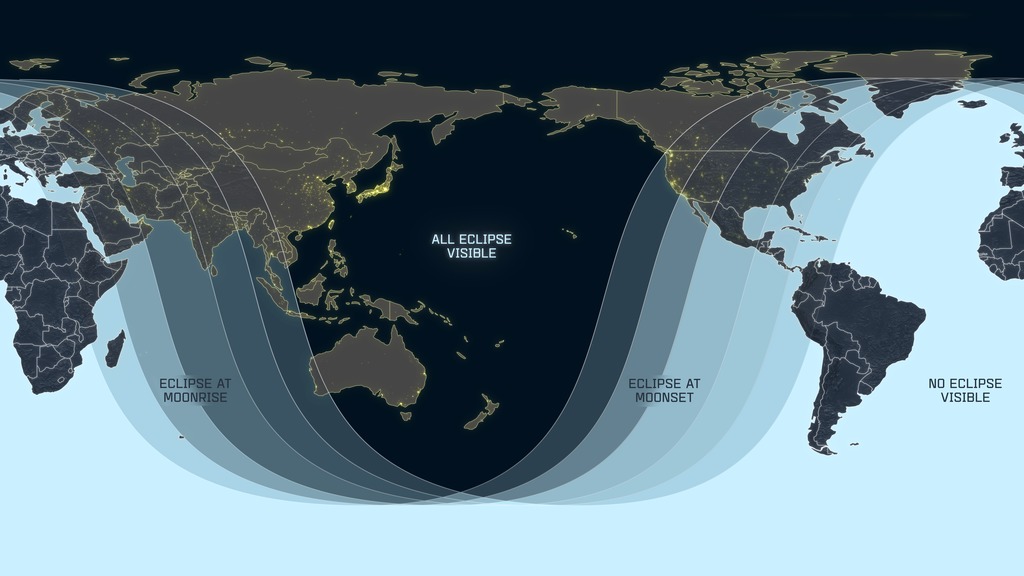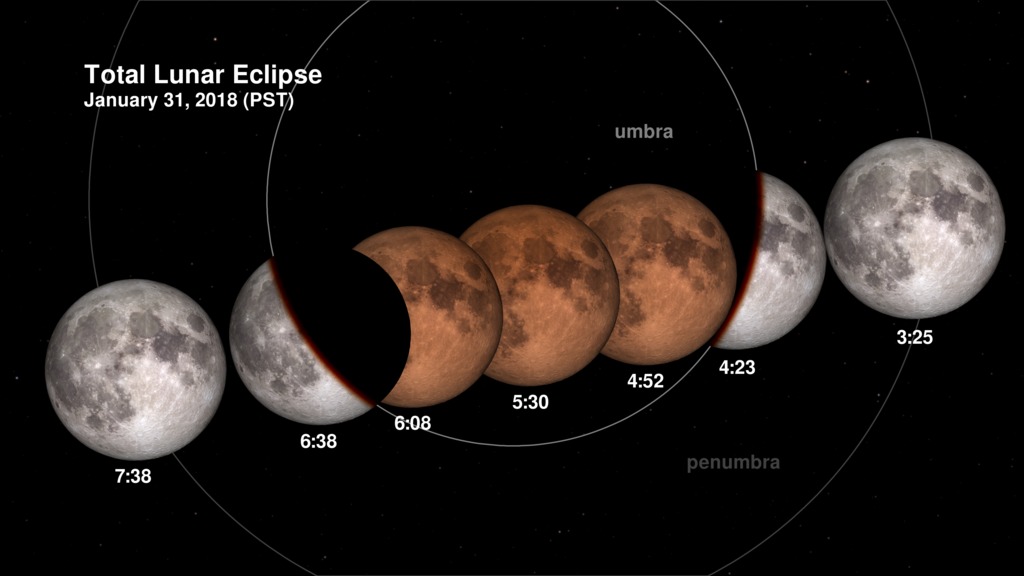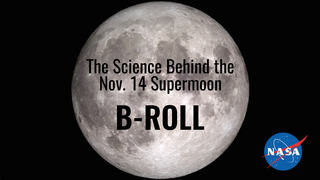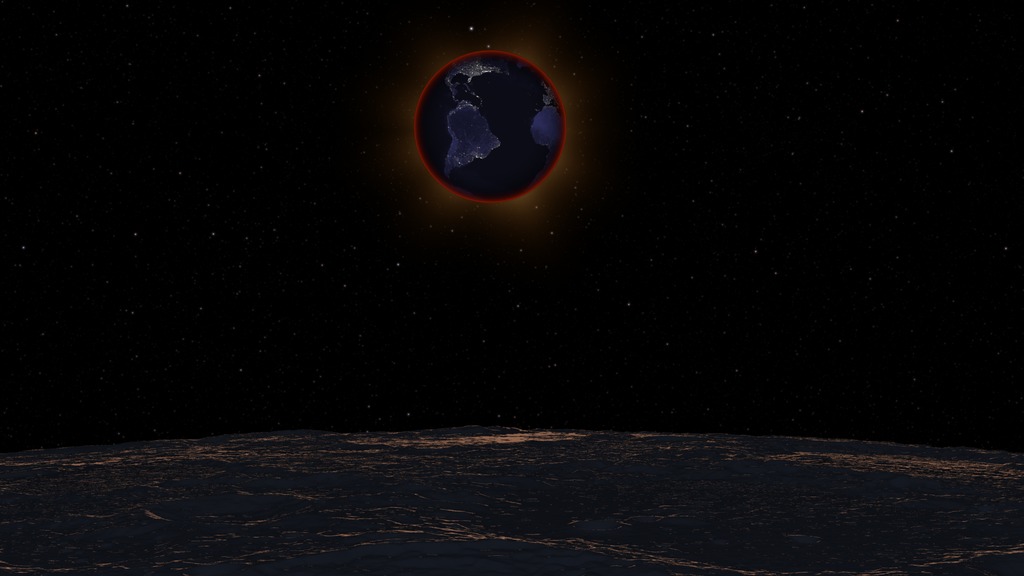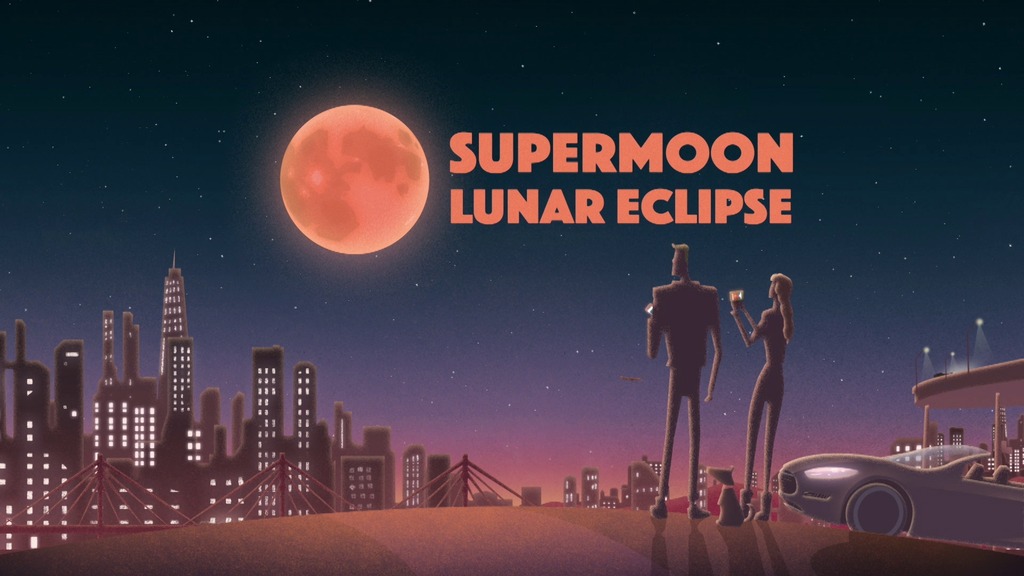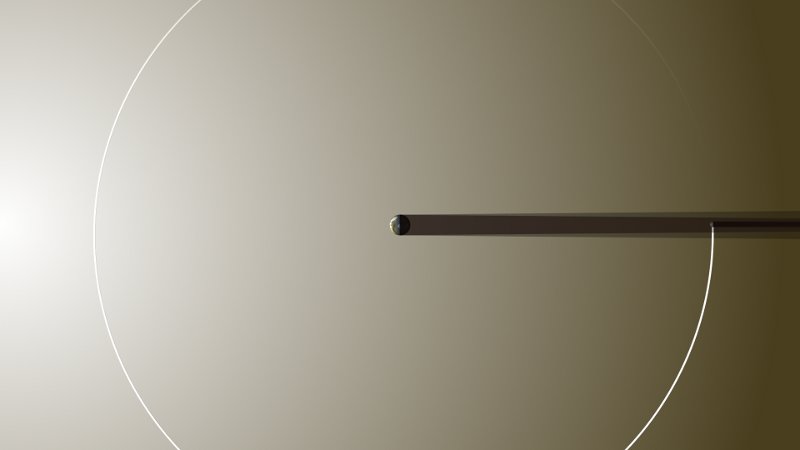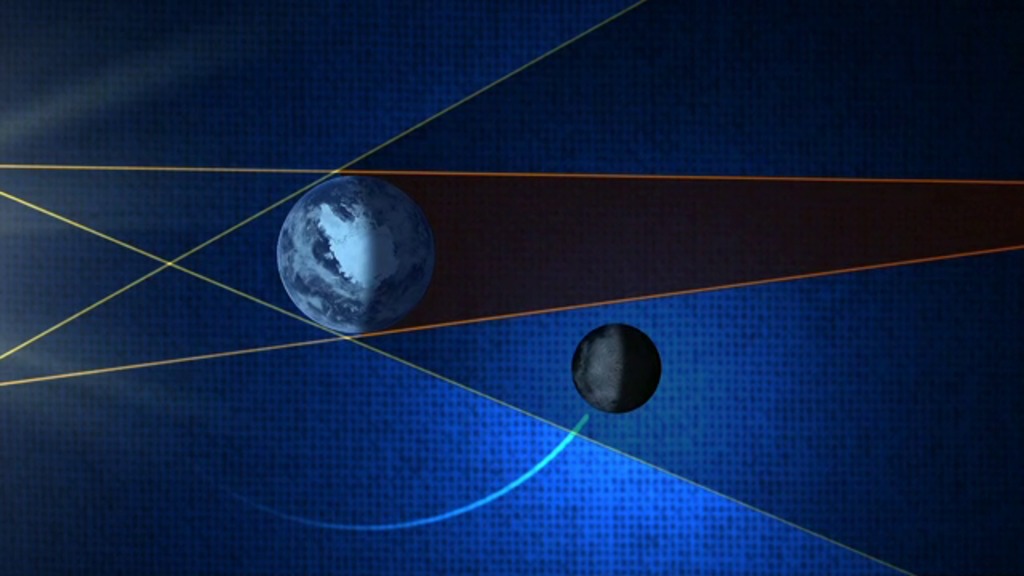‘Super, Blue Blood Moon’ Will Leave Spectators in Awe Live Shots
B-roll
Find out what scientists will be learning during the Super, Blue, Blood Moon.
Beginning at 5:30 a.m. EST on Jan. 31, a live feed of the Moon will be offered on NASA TV and NASA.gov/live. You can also follow at @NASAMoon. Weather permitting, the NASA TV broadcast will feature views from the varying vantage points of telescopes at NASA’s Armstrong Flight Research Center in Edwards, California; Griffith Observatory in Los Angeles; and the University of Arizona’s Mt. Lemmon SkyCenter Observatory. For more click HERE
br>NASA Scientists Available Jan. 30 to Show Viewers How to See the Magnificent Moon.
It’s the Moon’s turn to shine next week, coming on the heels of the solar eclipse last August. Serendipity strikes on Wednesday, Jan. 31 as a total lunar eclipse will happen at the same time as a supermoon and a blue Moon. This lunar trifecta is the first of its kind in 35 years and will not occur again until 2037.
Join NASA scientists from 6:00-11:30 a.m. EST on Tuesday, Jan. 30 – the day before the rare event – to find out how your viewers can experience the ‘Super, Blue, Blood Moon’ and learn more about our closest celestial neighbor.
People around the world will experience a bigger and brighter Moon caused by the Moon’s closest approach to Earth in its elliptical orbit. Viewers in the central and western U.S., Australia, New Zealand and Eastern Asia will get the added bonus of seeing a lunar eclipse – giving the Moon a copper glow. NASA scientists are using the lunar eclipse as an opportunity to study what happens when the Moon goes from baking in the Sun to being in the cold shadow of the Earth. A blue Moon occurs on the second full Moon of a calendar month. The chance alignment happens once in a ‘blue Moon.’
* To book a window contact: michelle.z.handleman@nasa.gov/ 301-286-0918 *
HD Satellite Digital Coordinates for G17-K18/Upper: Galaxy 17 Ku-band Xp 18 Slot Upper| 91.0 ° W Longitude | DL 12069.0 MHz | Vertical Polarity | QPSK/DVB-S | FEC 3/4 | SR 13.235 Mbps | DR 18.2954 MHz | HD 720p | Format MPEG2 | Chroma Level 4:2:0 | Audio Embedded Questions for longer interviews: Live Shot Details: Scientists: Soundbites with Dr. Noah Petro / NASA Scientist / LRO Deputy Project Scientist. TRT 2:37
Suggested Questions:
1. What is the best way to watch the ‘Super, Blue Blood Moon?’
2. How rare is the combination of a lunar eclipse, super and blue Moon?
3. NASA has been studying the Moon with the Lunar Reconnaissance Orbiter – or LRO –
for eight years. What has been most surprising about NASA’s observations of the
Moon?
4. How can NASA’s understanding of our Moon lead to further space exploration?
5. Where can we learn more about our Moon and NASA’s observations of it?
1. What does the lunar eclipse mean for a spacecraft orbiting the Moon?
2. During the total solar eclipse, people in the path of totality experienced a drop in temperature. How will the temperature on the Moon be affected by this eclipse?
3. The 50th anniversary of Apollo 11 is approaching. What is there left to learn about the Moon?
4. When will this unusual combination of a lunar eclipse, super and blue Moon occur again?
Location: NASA’s Goddard Space Flight Center/Greenbelt, Maryland
Dr. Noah Petro / NASA Scientist / LRO Deputy Project Scientist
Dr. Michelle Thaller / NASA Scientist
Dr. Jake Bleacher / NASA Scientist
Dr. Geronimo Villanueva / NASA Scientist [en Español]
Answers the following questions:
What is the best way to watch the ‘Super, Blue Blood Moon?’
NASA has been studying the Moon with the Lunar Reconnaissance Orbiter – or LRO –
for eight years. What has been most surprising about NASA’s observations of the
Moon?
During the total solar eclipse, people in the path of totality experienced a drop in temperature. What can scientists learn about the Moon by observing it during the lunar eclipse?
When will this unusual combination of a lunar eclipse, super and blue Moon occur again?
Credits
Please give credit for this item to:
NASA's Goddard Space Flight Center
-
Producer
- Michelle Handleman (USRA)
-
Technical support
- Aaron E. Lepsch (ADNET Systems, Inc.)
Release date
This page was originally published on Wednesday, January 24, 2018.
This page was last updated on Wednesday, May 3, 2023 at 1:47 PM EDT.
